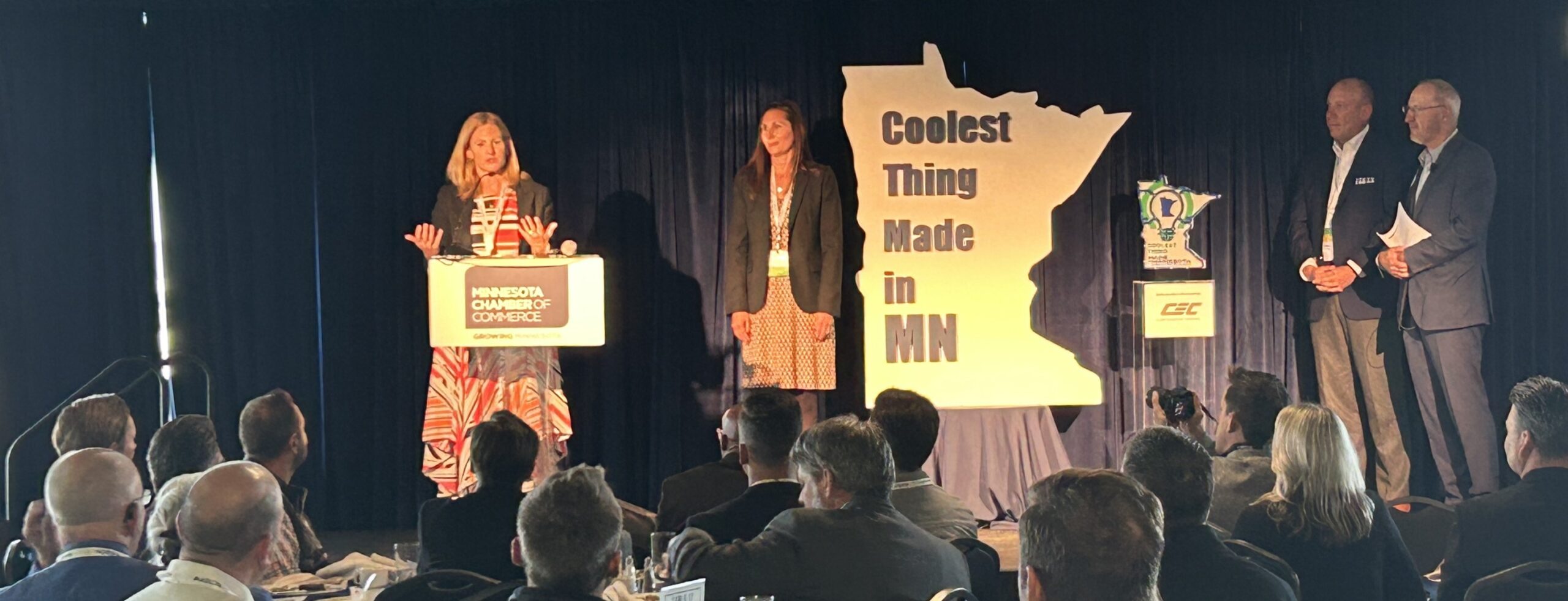Consumers’ expectations and how they engage with brands have dramatically changed over the last several years — and consumers ultimately don’t stop being consumers even if they work in the B2B world. In 2018, we saw B2B companies step outside of their comfort zone and embrace techniques their B2C counterparts have been using for years. B2B marketers who use consumer marketing strategies to connect with buyers will stand out among those stuck in the old ways of product brochures and branded swag.
Here are three examples of B2B brands that elevated their marketing campaigns using consumer marketing strategies for inspiration.
Evoke emotion
At the end of the day, business-to-business is still person-to-person. People are responsible for making buying decisions and part of their decision, whether they like it or not, is influenced by emotion. Standing behind your product features and benefits alone isn’t going to cut it; customers want brands to be authentic and relatable.
The more a brand can create an emotional connection, the more trust they build with their potential customers. And with trust, comes more loyalty, commitment and advocacy.
GE’s “What Matters” campaign is a perfect example. The campaign showcases three ways the company’s products and services intimately touch people’s lives by telling stories that people can relate to.
The key takeaway: The average person is overwhelmed with information every day. They may not remember even a quarter of what they see, but they do remember what they feel. Just because it’s B2B, don’t forget it’s still people making the decisions.
Getting started: Challenge your business to move toward emotional marketing and connect with the person behind the business. Infuse elements of humor, inspiration, comfort and surprise into your content to make a lasting impression. For example, use customer testimonials to tell the story of how you addressed specific pain points and paint a picture of how your brand is the solution to their problems.
Connect through consumer-based channels and events
B2B buyers’ habits have become more aligned with those of B2C consumers. Engaging your target customer through what you would think is a typical consumer-based channel or event is a unique way to get their attention. This technique allows your company to showcase its capabilities in a more personalized way that appeals to your customer’s passions and interests.
IBM’s “Let’s Put Smart to Work” campaign used this strategy during the 2018 Masters Tournament. The company secured seven television commercial slots during the tournament’s broadcast to highlight its smart technologies.
It also launched a new feature for the Masters app called, “My Moments,” in partnership with the Masters. The new feature uses IBM Watson and other new technologies to create a personalized digital experience by generating a customized reel of highlights based on the user’s favorite players.
The key takeaway: It’s important to meet your target customer with content they want, when they want it and on their preferred channels. This enables you to connect with your audience on a more personalized level.
Getting started: Start by showcasing a particular product, process or innovation at a tradeshow through active audience participation. We’ve seen this successfully done through a virtual reality demo or a contest at the booth, rather than just a show and tell.
Embrace new social media channels and influencer marketing
Influencer marketing and new social channels that are typically thought of as B2C territory, like Instagram, Facebook and Snapchat, have become a crucial part of the B2B marketing mix. Potential customers are more likely to trust another customer or people like them rather than the brand messaging itself. Testimonials and social content from influencers can have a powerful impact on the buyer’s decision.
Take a look at SAP, a FedEx company. For its annual user conference, SAPPHIRE NOW, the company invited corporate executives and industry experts to discuss trends affecting the industry, such as IoT and machine learning. SAP also answered questions via Facebook Live to reach an additional 80,000-100,000 viewers online. It used influencers (the executives and experts) to spread its message and its target audience’s preferred communication channel to increase social engagement and reach.
The key takeaway: Influencers should play a key role in your social media strategy. And in B2B, influencers don’t have to be bloggers and celebrities. They could be CEOs, trade media editors, doctors, engineers – anyone who informs and inspires your target audience to take action or change their behavior in their job. Influencers, large and small, can enhance your content by making it more credible and shareable, increasing social engagement from potential customers.
Getting started: Identify influencers in your industry who are credible, inspiring and can help increase the reach and credibility of your content and messaging. Then, leverage them at an upcoming event to interact with online viewers. Consider live tweeting a keynote speaker or facilitating a live Q&A through Facebook.
While you might not have the budget of a GE, IBM or FedEx, you can still take advantage of consumer-focused marketing techniques. It all begins with understanding who your customers and potential buyers are on a personal level – understand where they’re spending time, what information they want and how they want it delivered. At Inprela, we see these trends evolving in our client work, and it’s exciting to see the change. Follow us on LinkedIn and Twitter to see more examples of B2C and B2B worlds colliding.



